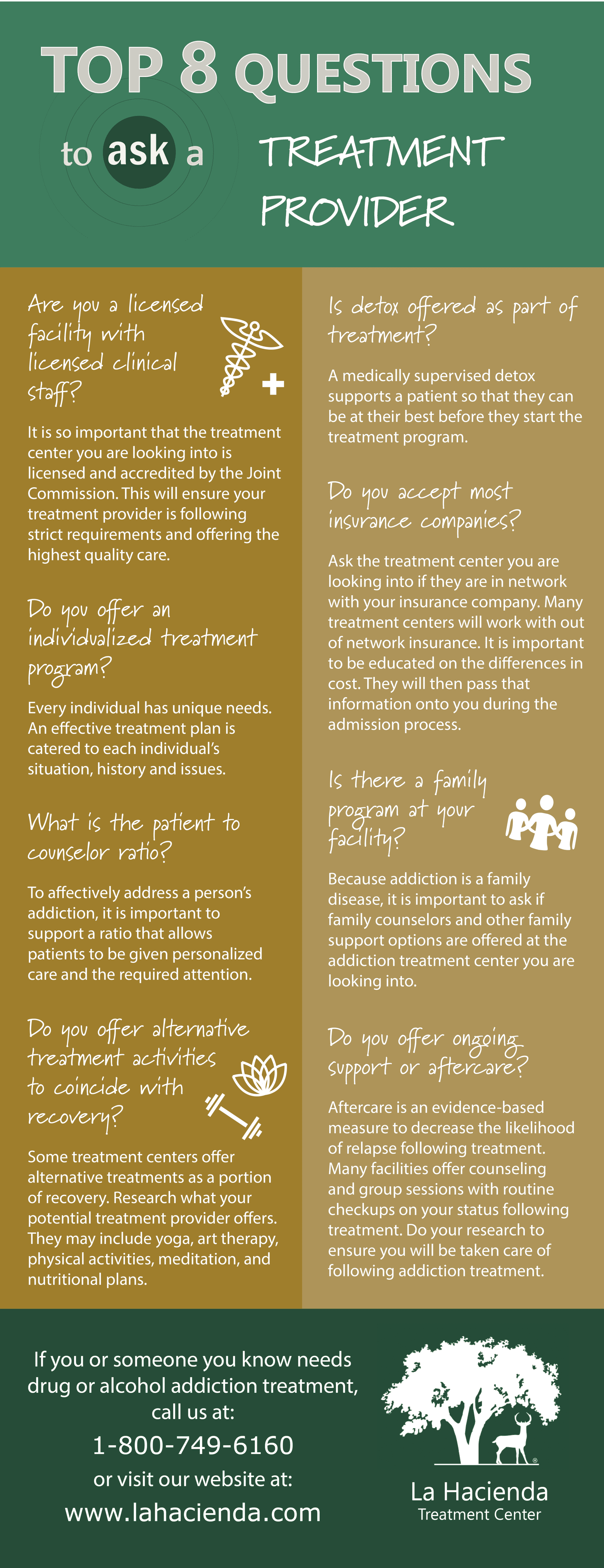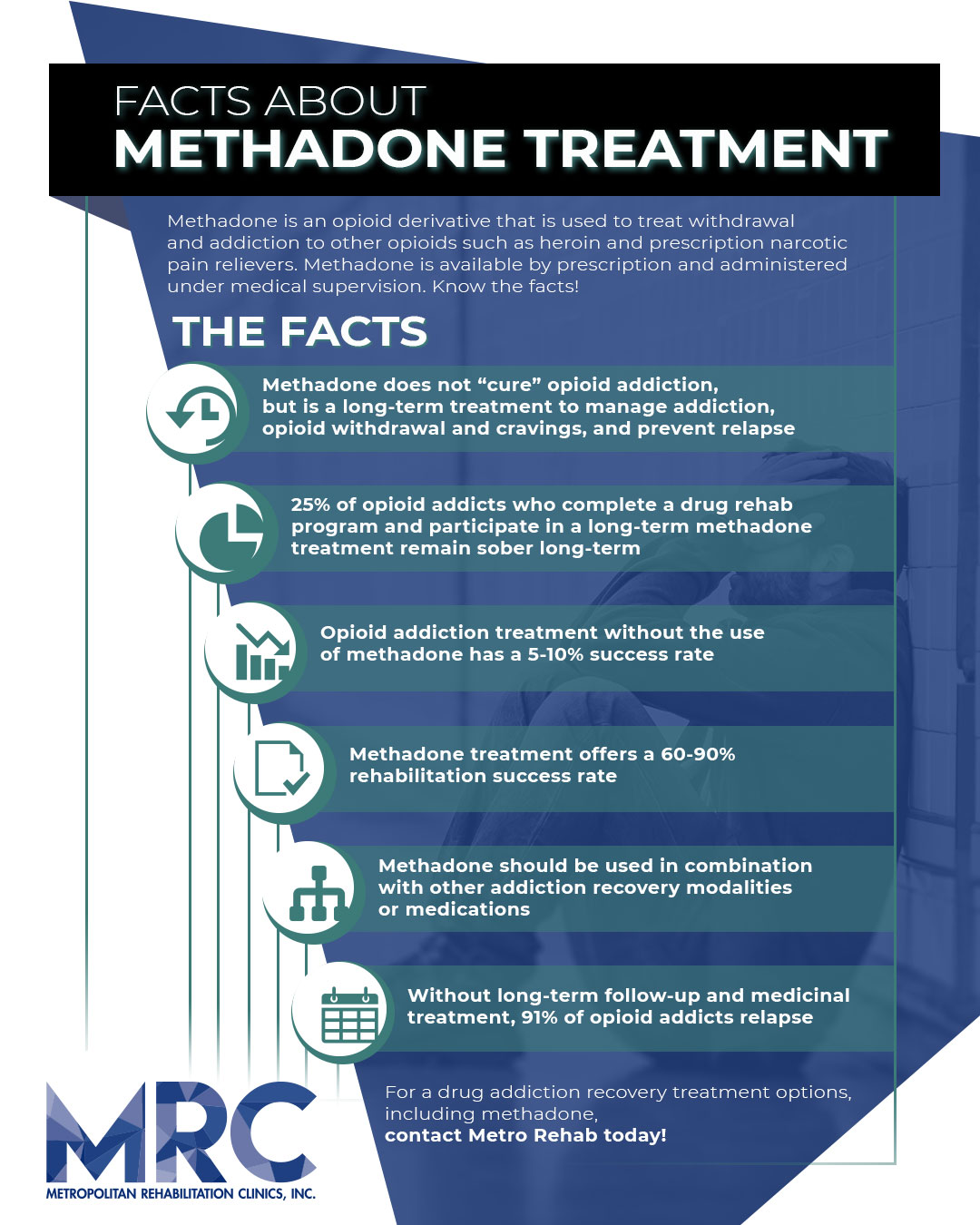Screening and evaluation are used to make 2 essential choices: Is the private steady adequate to remain in an outpatient setting, or is more extreme care showed, warranting rapid referral to a suitable alternative treatment?What services will the client need?To response either concern, staff needs to initially identify the scope of the customer's problems, including his physical and mental status, living scenario, and the assistance he has offered to deal with these issues.
An extensive evaluation needs to establish the client's mental and physical status. The procedure must identify any preexisting medical conditions or complications, compound usage history, level of cognitive functioning, prescription drug needs, current mental status, and psychological health history. A centralized intake group is a beneficial method to screening and evaluation, supplying a common point of entry for numerous clients getting in treatment.
At Arapahoe House (a design described later in this chapter), the info and access team manages numerous telephone calls weekly, carries out screenings, and sets visits for admission to any of the programs within the agency, with the exception of 3 detoxing programs. Where central consumption serves a multi-modality treatment company or a community with several settings (the latter being specifically tough), the consumption process can be used to refer customers to the treatment method most appropriate to their needs (e.
Once confessed to treatment, customers require routine reassessment as reductions in severe signs of psychological distress and substance abuse might speed up other changes. Routine evaluation will supply procedures of client modification and make it possible for the supplier to change service plans as the customer progresses through treatment. Cautious assessment will help to recognize those customers who require more secure inpatient treatment settings (e.
TIP 29, Compound Use Condition Treatment for Individuals With Physical and Cognitive Impairments (CSAT 1998e ), contains details on assessing physical and cognitive operating that matters for all populations. It is crucial to view the client's placement in outpatient care in the context of continuity of care and the network of offered service providers and programs.
Ideally, a full variety of outpatient drug abuse treatment programs would consist of interventions for unmotivated, disaffiliated customers with COD, as well as for those seeking abstinence-based main treatments and those needing connection of assistances to sustain recovery. Likewise, ideal outpatient programs will facilitate access to services through rapid reaction to all firm and self-referral contacts, enforcing couple of exclusionary requirements, and using some client/treatment matching criteria to guarantee that all recommendations can be engaged in some level of treatment.
An Unbiased View of How Many People Need Treatment For Addiction
The consensus panel has pointed out that treatment service providers ought to be careful not to place customers in a higher level of care (i. e., more extreme) than is required. A customer Substance Abuse Center who may remain participated in a less extreme treatment environment might leave in reaction to the needs of a more intense treatment program.
By supplying continuous outreach, engagement, direct assistance with instant life problems (e. g., real estate), advocacy, and close monitoring of specific needs, the Assertive Neighborhood Treatment (ACT) and Extensive Case Management (ICM) designs (explained listed below) provide methods that allow customers to gain access to services and promote the development of treatment relationships. In the lack of such supports, those people with COD who are not yet all set for abstinence-oriented treatment might not adhere to the treatment strategy and may be at high threat for dropout (Drake and Mueser 2000) - who will pay for long term addiction treatment the addict of the governmant.
Daley and Zuckoff (1998 ) keep in mind a variety of useful methods for improving engagement and adherence with this population. Usage telephone or mail tips. Offer reinforcement for attendance (e. g., treats, lunch, or repayment for transport). Increase the frequency and strength of the outpatient services offered. Develop closer collaboration in between referring personnel and the outpatient program's personnel.
Have actually outpatient programs designed particularly for customers with COD. Provide customers with case supervisors who participate in outreach and offer house check outs. Coordinate treatment and tracking with other systems of care supplying services to the exact same customer. Release planning is very important to preserve gains accomplished through outpatient care. Clients with COD leaving an outpatient drug abuse treatment program have a number of continuing care alternatives.
A carefully developed discharge strategy, produced in cooperation with the customer, will recognize and match client requirements with community resources, supplying the assistances needed to sustain the development achieved in outpatient treatment. Customers with COD often require a variety of services besides drug abuse treatment and psychological health services. Typically, popular requirements include housing and case management services to establish access to community health and social services.
Without a place to live and some degree of financial stability, customers with COD are likely to return to compound abuse or experience a return of signs of mental illness. Every drug abuse treatment service provider need to have, and lots of do have, the strongest possible linkages with community resources that can help attend to these and other client requirements.

Some Ideas on What Is The Medical Model Of Addiction Treatment You Should Know

It is vital that discharge planning for the client with COD ensures connection of psychiatric assessment and medication management, without which client stability and recovery will be badly jeopardized. Regression avoidance interventions after outpatient treatment need to be customized so that the client can acknowledge signs of psychiatric or substance abuse regression on her own and can call on a learned repertoire of sign management strategies (e - what is the most recent opioid addiction treatment.
This also consists of the ability to gain access to evaluation services quickly, considering that the return of psychiatric symptoms can typically trigger drug abuse relapse. Establishing positive peer networks is another important aspect of discharge preparation for Get more info continuing care. https://b3.zcubes.com/v.aspx?mid=6945063&title=the-main-principles-of-what-is-drug-addiction-treatment The service provider looks for to develop an assistance network for the customer that includes household, neighborhood, recovery groups, buddies, and loved ones.
Programs also must encourage client participation in shared self-help groups, especially those that focus on COD (e. g., double recovery shared self-help programs). These groups can supply a continuing encouraging network for the customer, who normally can continue to take part in such programs even if he relocates to a various community.
The agreement panel also suggests that programs working with clients with COD attempt to include advocacy groups in program activities. These groups can assist customers become advocates themselves, furthering the advancement and responsiveness of the treatment program while improving customers' sense of self-confidence and offering a source of affiliation. Continuing care and regression avoidance are particularly important with this population, considering that people with COD are experiencing 2 long-term conditions (i.